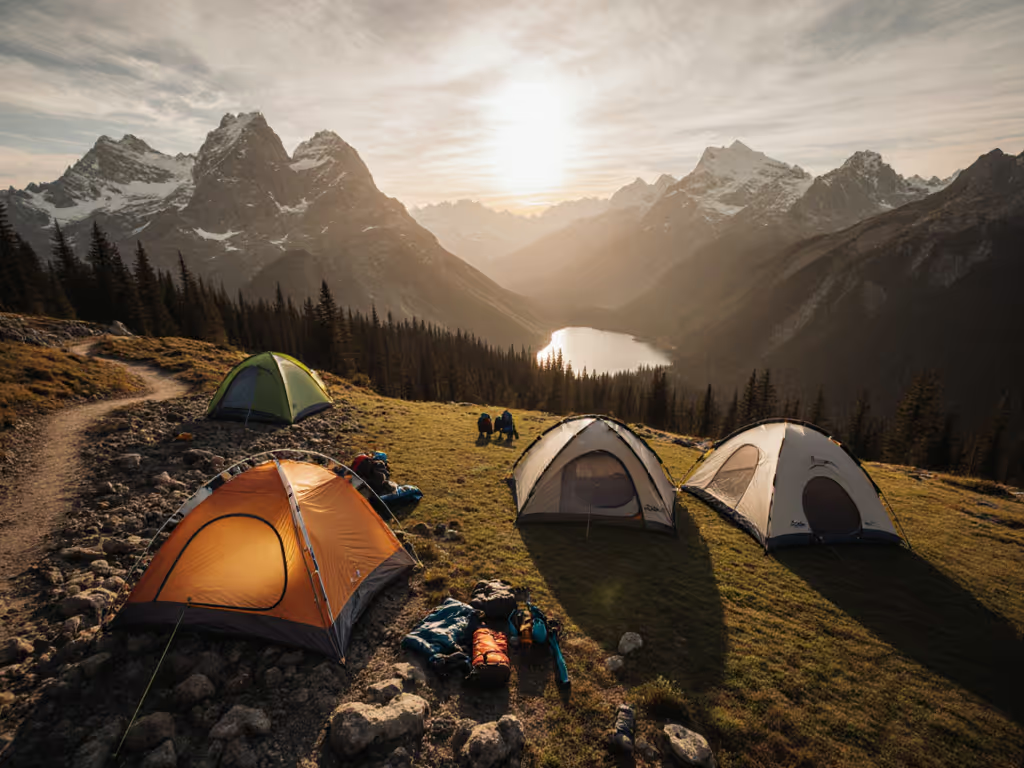
Tent Pole Materials Compared: Aluminum’s Durability Edge
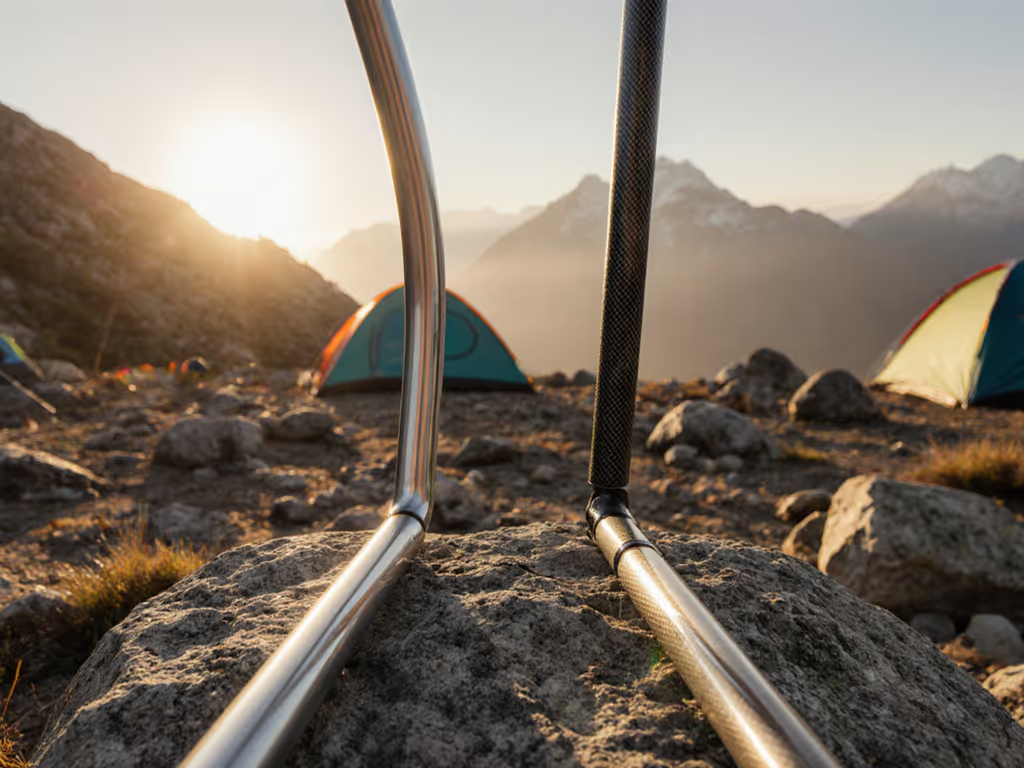
When selecting tent poles, the material choice directly impacts durability, weight, and long-term value. Aluminum and carbon fiber dominate the market, but aluminum's repairability and consistent performance in diverse conditions give it a clear edge for reliability-focused campers. This analysis dissects key factors (strength, temperature resilience, cost of ownership, and field-repair potential) to guide your investment. For a broader look at long-term value across price tiers, see our budget vs premium tents analysis.
Material Properties Compared
| Property | Aluminum Poles | Carbon Fiber Poles |
|---|---|---|
| Weight | Heavier than carbon (but lighter than fiberglass) | 30-40% lighter than aluminum |
| Strength | High tensile strength; bends under stress | Higher strength-to-weight ratio; brittle under lateral load |
| Failure Mode | Gradual bending gives visual warning | Sudden catastrophic snap without warning |
| Cold Weather | Stable performance down to -20°F (-29°C) | Risk of shattering below 20°F (-7°C) |
| Corrosion | Susceptible if uncoated or scratched | Highly resistant |
Aluminum absorbs impact by bending, allowing field repairs with simple tools. Carbon fiber's rigidity makes it strong under vertical loads but vulnerable to snapping when struck laterally (e.g., wind-blown debris).
Durability and Repair Economics
Total cost of ownership favors aluminum. Bent poles can be realigned using a vise or even a rock, restoring functionality without replacement. Carbon fiber fractures require costly full-segment swaps (if replacement parts exist). At community repair nights, aluminum poles are routinely salvaged from bends; carbon failures often mean retirement.
Material wear patterns differ too: Aluminum develops fatigue lines before failing, while carbon fiber shows no visible stress before shattering. This unpredictability matters in storms or uneven terrain.
Environmental and Practical Trade-offs
- Recyclability: Aluminum poles are widely recyclable, with established infrastructure. Carbon fiber recycling remains niche and energy-intensive.
- Field Repairs: Aluminum's malleability enables on-site fixes. Carbon damage typically requires specialty workshops.
- Cost: Aluminum poles cost 30-50% less upfront. Carbon's premium buys weight savings at the expense of repair simplicity.
When Each Material Excels
Choose aluminum for:
- Cold-weather or four-season camping
- High-wind areas (e.g., coastal, alpine zones)
- Family/dog-included trips where impacts are likely
- Budget-conscious buyers prioritizing longevity
Carbon fiber suits:
- Ultralight backpacking where ounces matter
- Fair-weather, low-impact environments
- Hikers using trekking poles as tent supports (e.g., for trekking pole tents) Learn the trade-offs in trekking pole tents vs freestanding designs.
For those opting for carbon, the MSR DynaLock Ascent Carbon Poles offer Kevlar-reinforced durability and packability. Weighing just 17 oz, they're crafted for demanding conditions but still carry carbon's inherent fragility risk
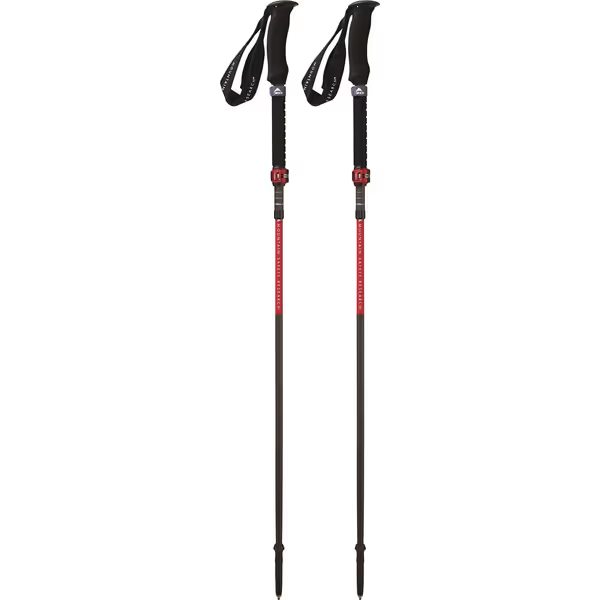
MSR DynaLock Ascent Trekking Poles
.
Verdict: Aluminum's Durability Advantage
Pay for nights, not features. Aluminum's bend-but-not-break nature, lower cost, and repairability make it the practical choice for campers valuing years of reliable service. Carbon fiber shines in weight-sensitive niches but demands careful handling. For predictable performance across seasons (especially with kids, pets, or stormy forecasts), aluminum's resilience justifies its weight penalty. If you're weighing winter readiness, our 3-season vs 4-season tent guide explains when extra weather protection is worth it.
Related Articles

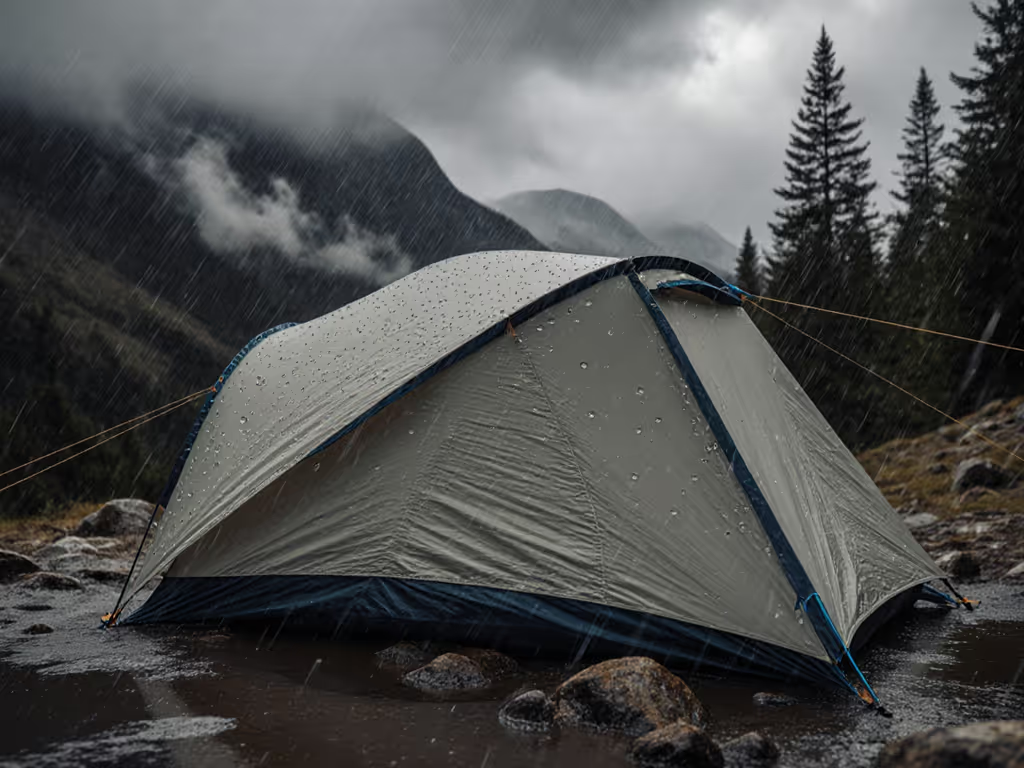
Tent Fabric Comparison: Metrics for Wind, Rain, and Longevity
Learn how nylon and polyester actually behave in storms - moisture expansion, tension retention, pole deflection, noise, and UV - so you can match fabric to your tent design and camping style for quieter, drier nights and longer-lasting gear.
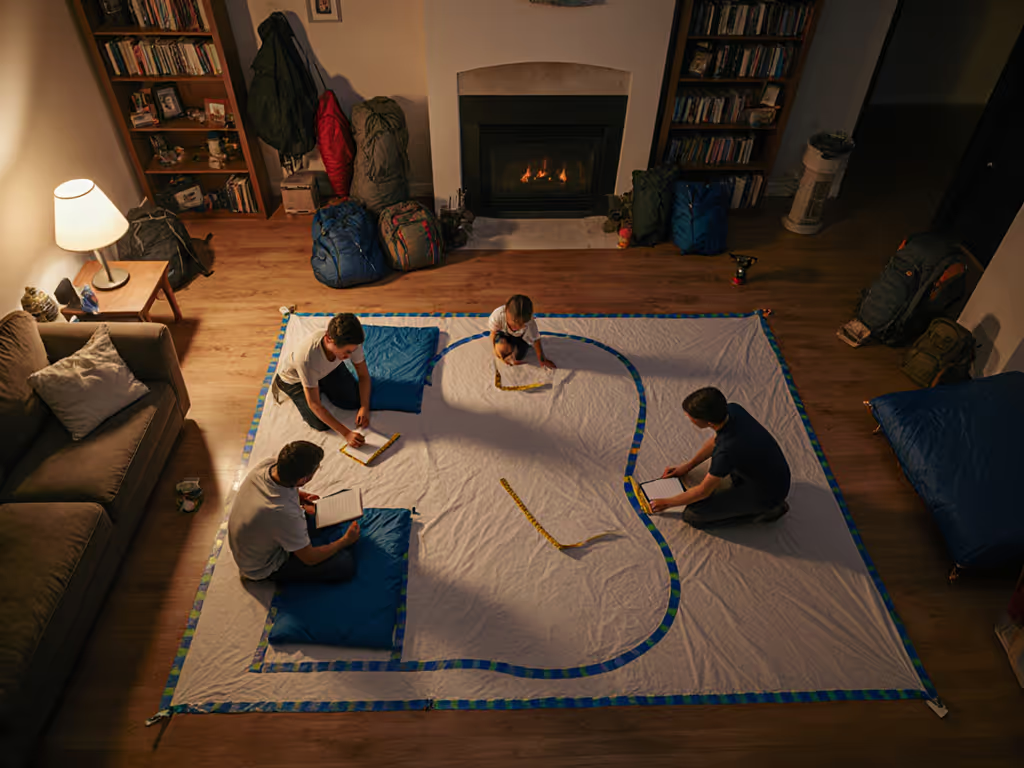
Family Tent Reality: Verified Backpacking Capacity
Cut through misleading capacity labels by using pad mapping, headroom maps, and vestibule planning to see what actually fits a family - adults, kids, and pets. Follow practical fit criteria and a simple tape-on-the-floor test to choose a backpacking tent that supports comfortable, safe sleep.

Backpacking Tent vs Family Tent: Real Space & Weather Test
See how real-world testing reveals the gap between listed capacity and usable space, and why vestibule design and ventilation matter more than specs in bad weather. Use the field-tested framework and quick at-home stress test to choose a tent that fits your routines, not just your pack list.
